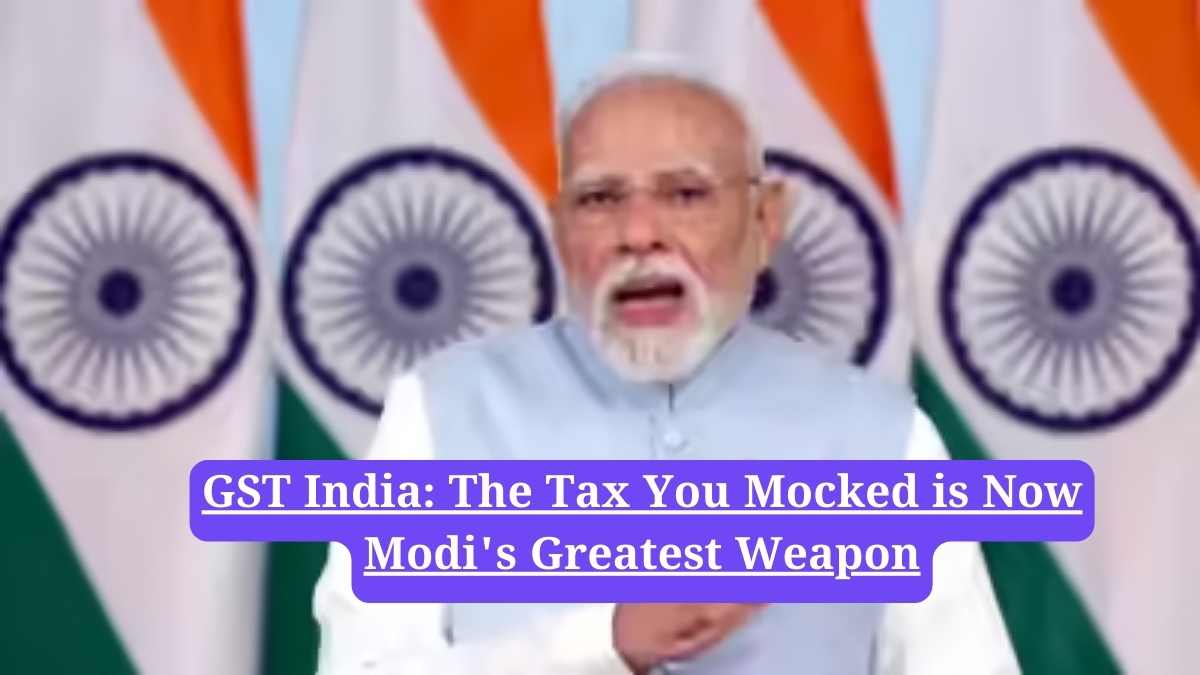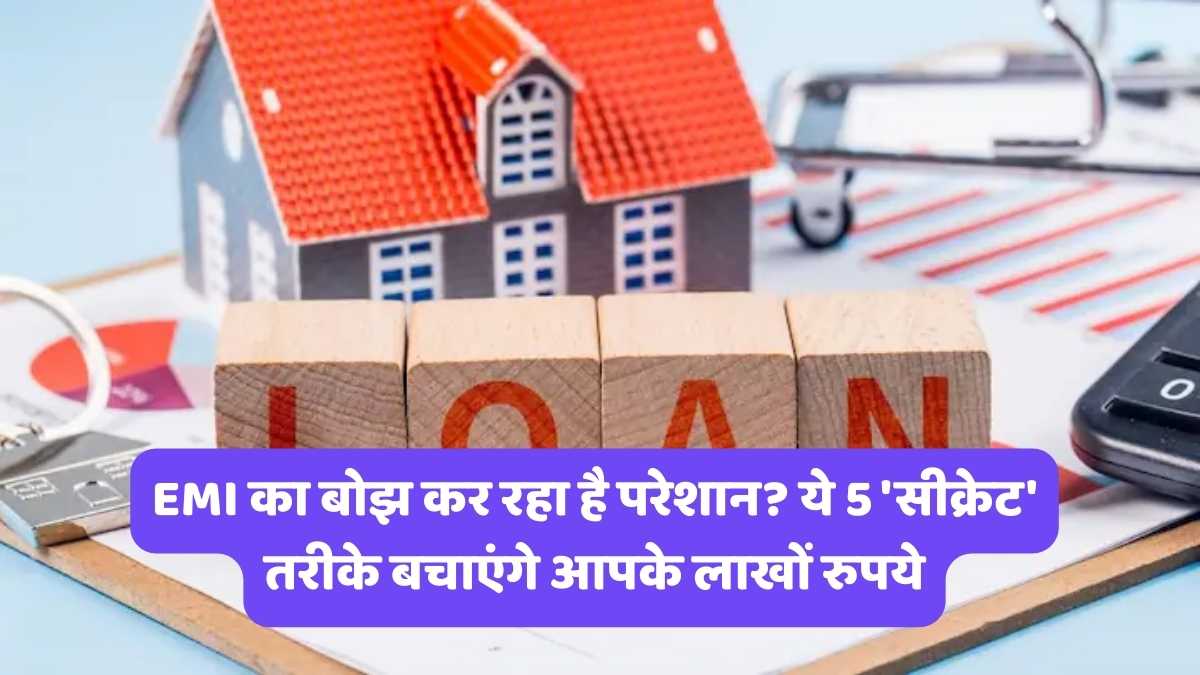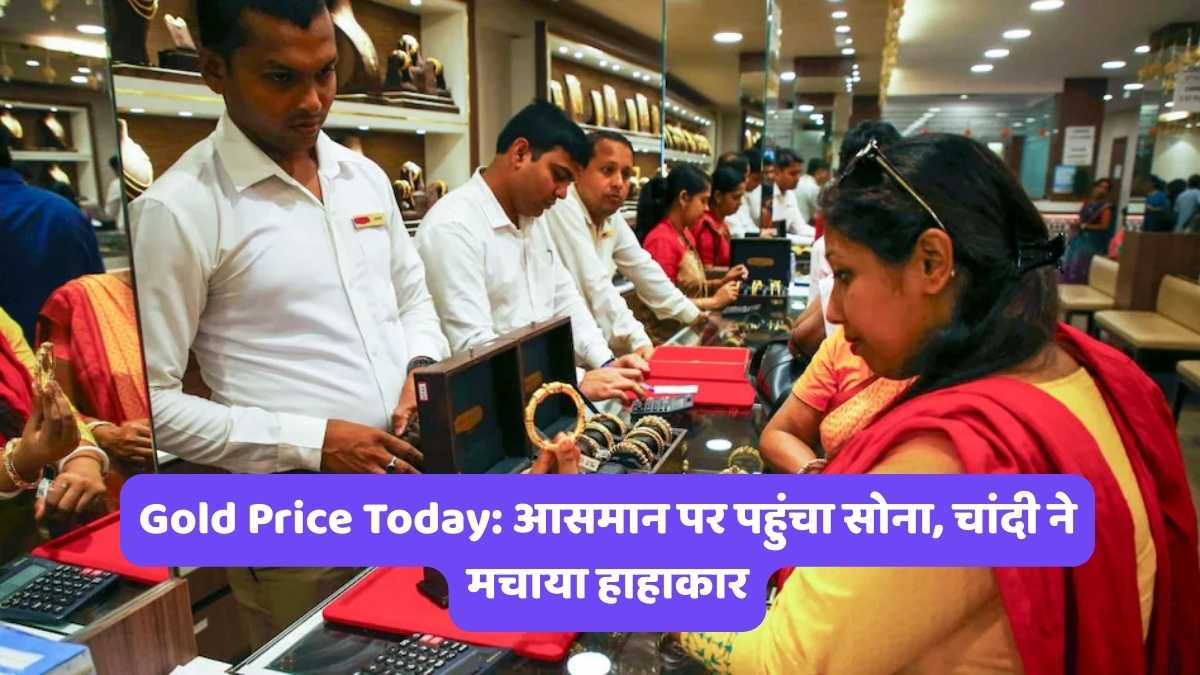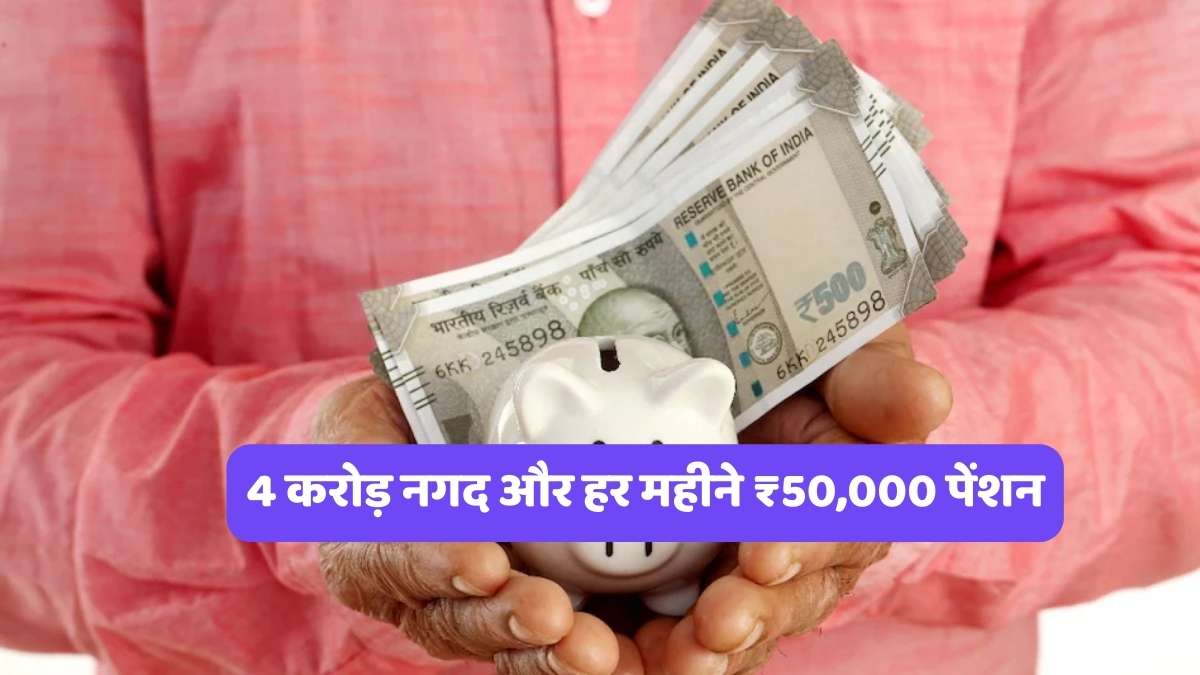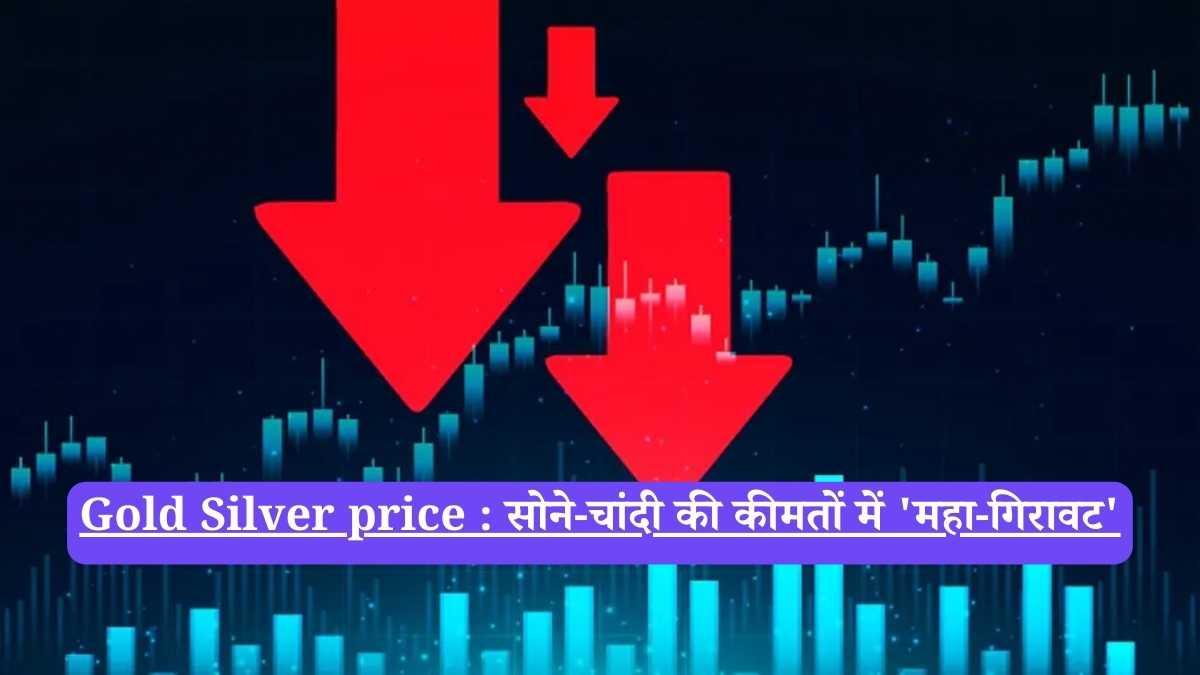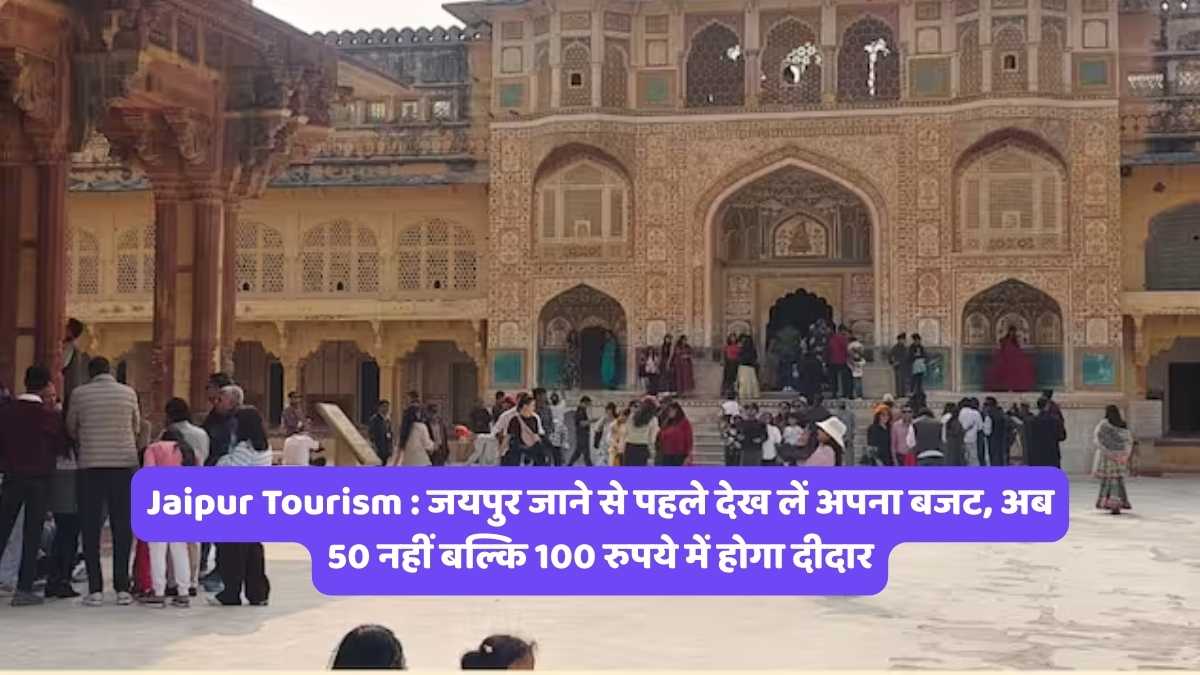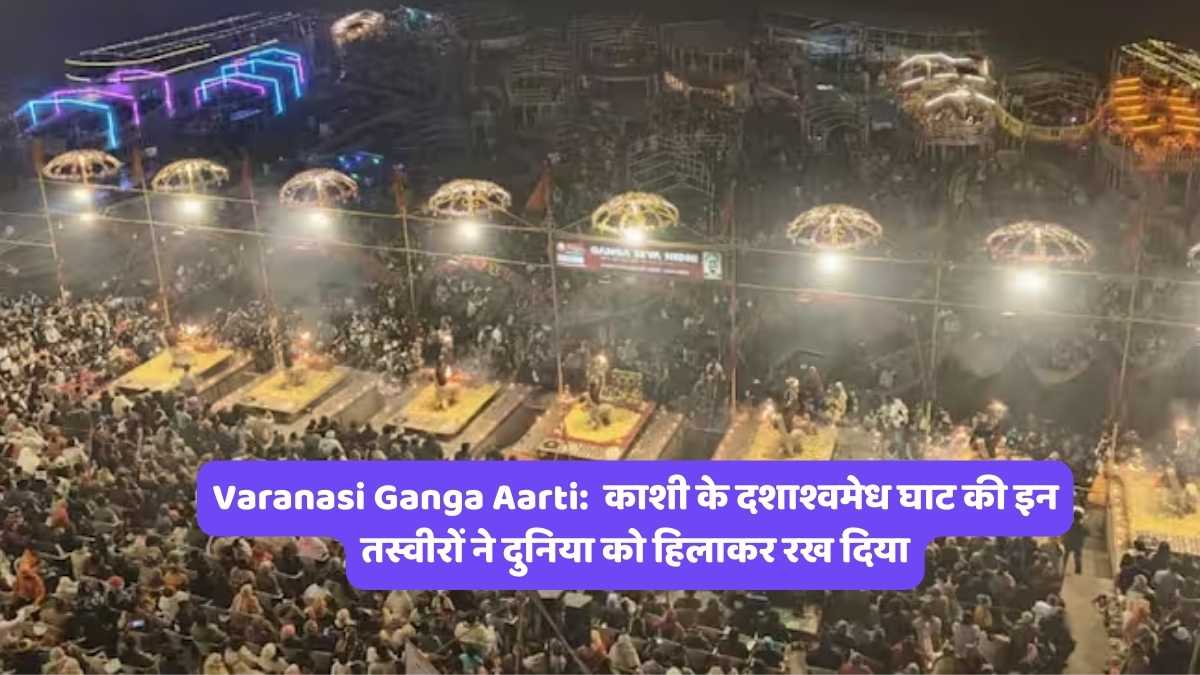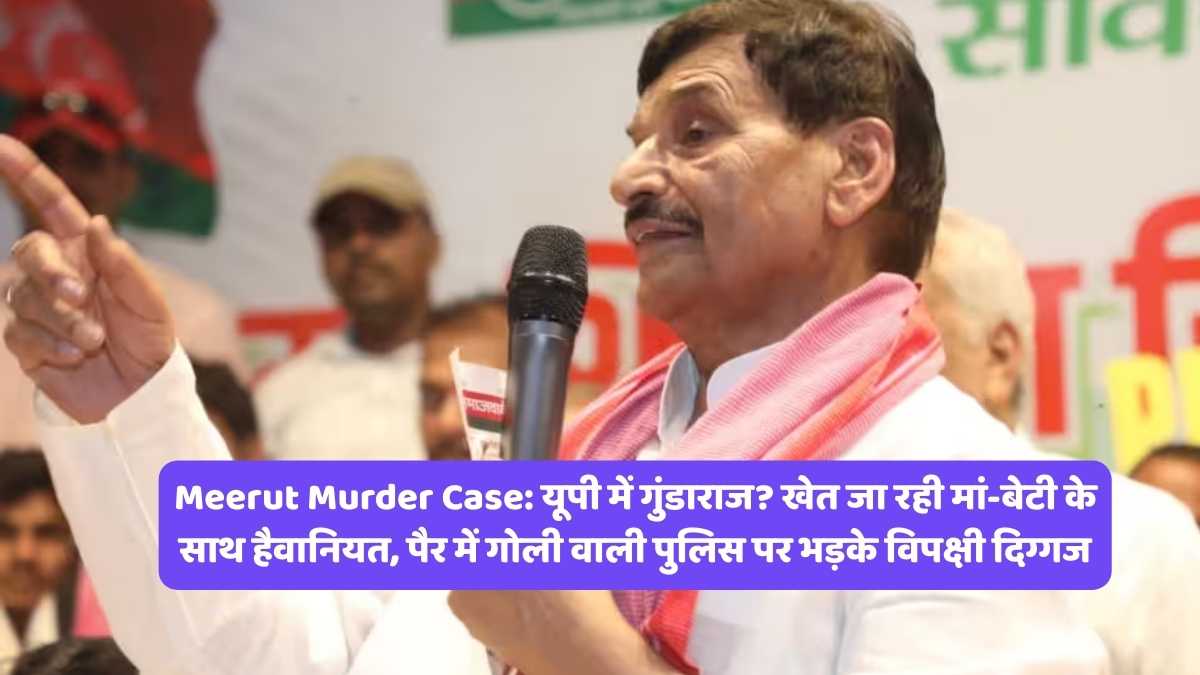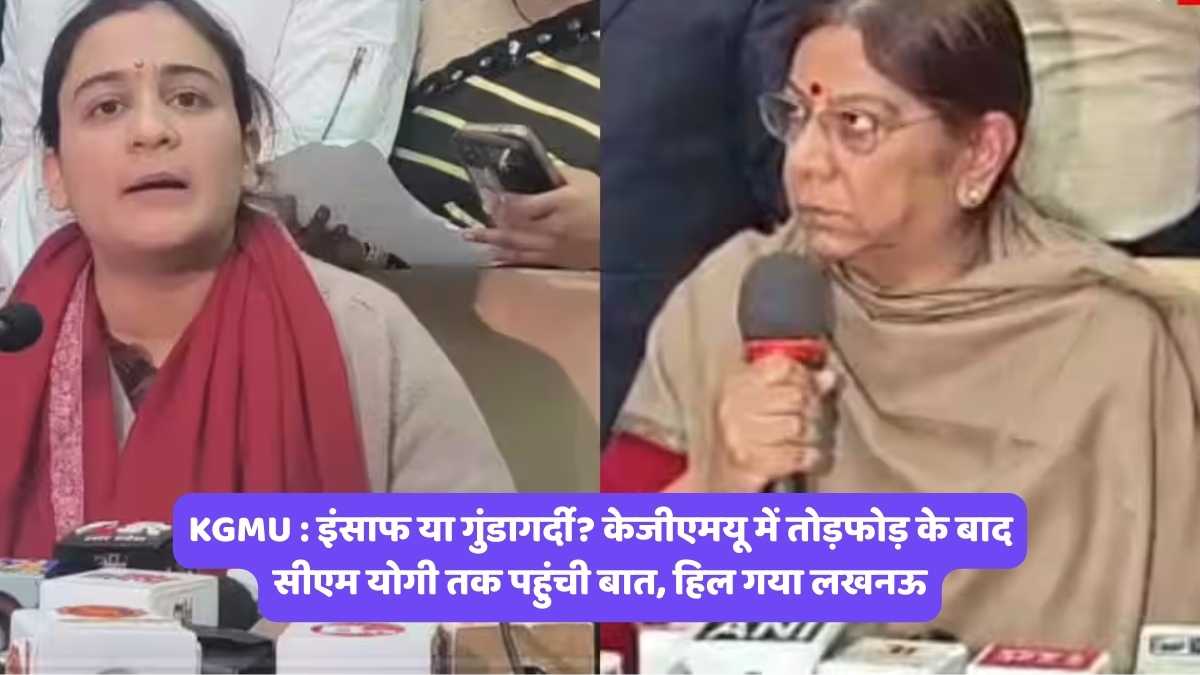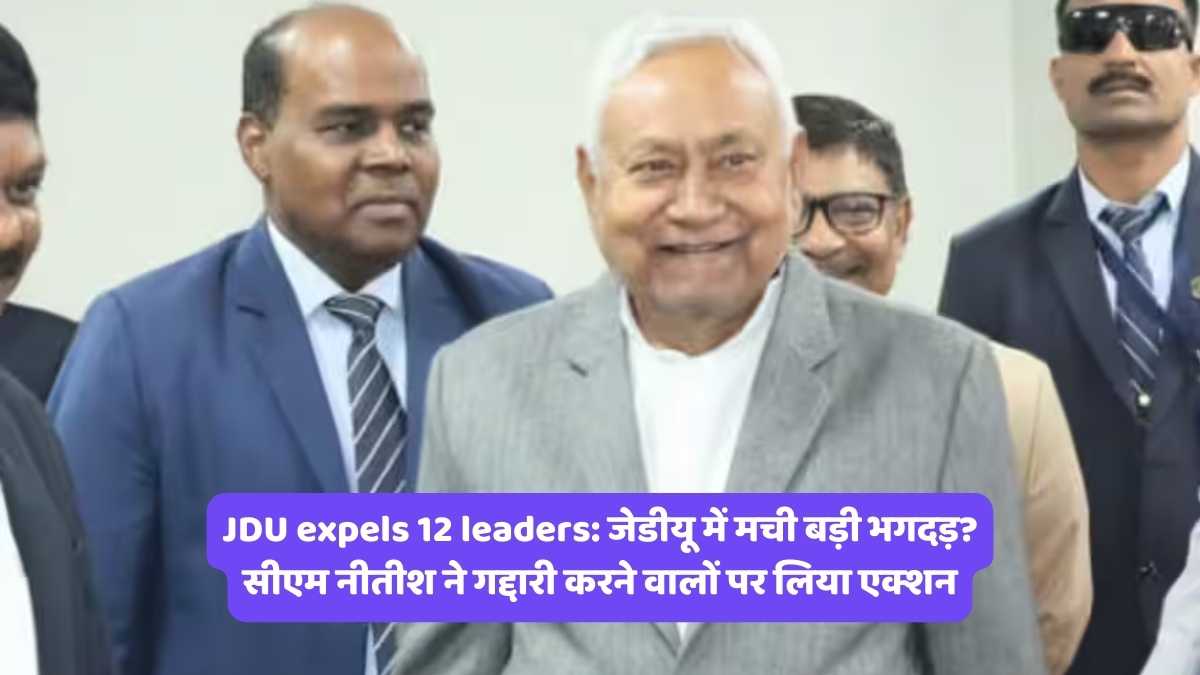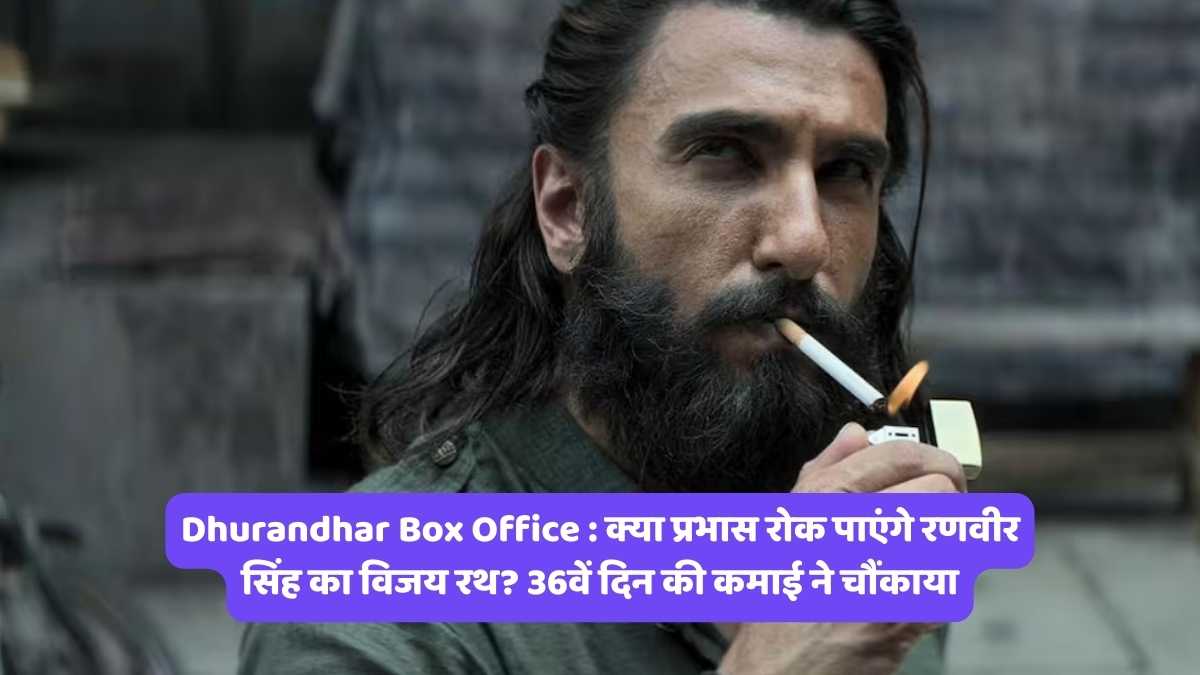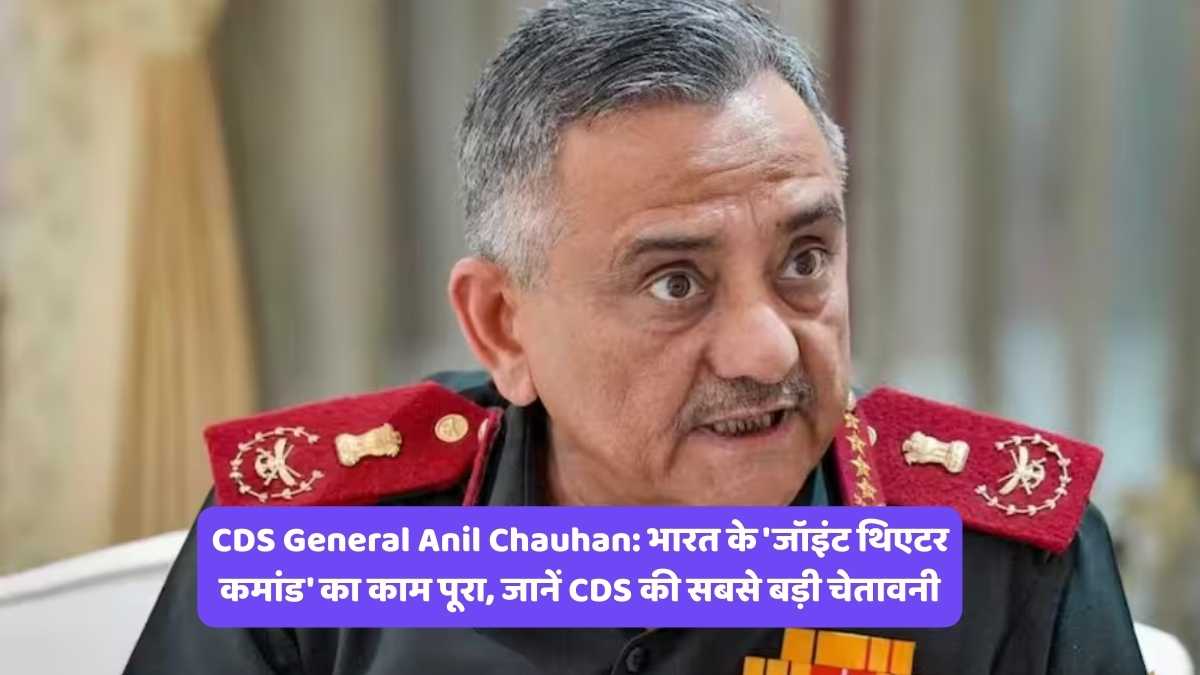Join WhatsApp
Join NowGST India: In a powerful and strategically timed address to the nation, Indian Prime Minister Narendra Modi launched a powerful defense of the Goods and Services Tax (GST), directly confronting the opposition’s memorable and damaging moniker for it: the “Gabbar Singh Tax.” In a speech that blended economic reasoning with political savvy, Modi dismantled the narrative that his government had burdened the nation with a new, punishing levy. Instead, he repositioned GST as a landmark reform that liberated India from a tangled, archaic web of taxes, setting the stage for a new era of economic growth and transparency.
The End of the “Tax Maze”: Unraveling a Decades-Old Problem
For years, businesses across India—and international companies looking to invest—were trapped in a bewildering “tax maze.” A product moving from one state to another was subjected to a bewildering array of taxes: Value Added Tax (VAT), sales tax, entry taxes, and the infamous octroi. This system didn’t just complicate accounting; it physically choked the movement of goods, creating notorious bottlenecks at state borders and strangling supply chains.
To drive his point home with a shocking real-world example, Modi cited a report from the French publication, Les Echos. The report revealed a stunning inefficiency: a French technology company found it was sometimes cheaper and faster to ship parts from Bangalore to Europe, and then from Europe back to Hyderabad—a domestic journey of just 570km—than to send them directly across state lines in India. This logistical nightmare meant that for many Indian manufacturers, the cost of logistics was often higher than their entire wage bill, making them uncompetitive on the global stage. GST, Modi argued, was the surgical strike needed to cut through this Gordian knot, truly creating “One Nation, One Tax.”
From a Political Headache to a Festive Bonanza
The journey of GST has been a rocky one. The government acknowledged the initial teething problems that had made the reform a point of vulnerability, particularly during the fiercely contested 2017 Gujarat assembly elections. However, Modi’s address signaled a dramatic turning point. With a series of wide-ranging rate cuts announced just ahead of his speech, the government has transformed GST from a political liability into a potent political asset.
The timing of this announcement is no coincidence. It aligns perfectly with the start of Navratri, kicking off a month-long festive season that is the busiest and most crucial shopping period in the Indian calendar. By framing the rate cuts as a personal “gesture” and a “bonanza” for the middle class and the “25 crore people who have come out of poverty,” Modi has ensured that the benefits of the reform will be felt directly by a massive cross-section of the population, right when they are opening their wallets. This move is designed to create a wave of positive sentiment, personally branding the Prime Minister with the success and benefits of the reform. The use of culturally resonant phrases like “Shakti ki Upasana” (worship of power/goddess) further connects the economic policy with the deeply held beliefs of his core constituency.
A New Partnership: Engaging with Traders and Entrepreneurs
In a significant shift in tone, Modi extended an olive branch to the trading community, a group that had often felt alienated by the complexities of the new tax regime. Rather than viewing them as obstacles, the Prime Minister addressed them as vital partners in the nation’s economic progress. This new approach is being backed by action, with Modi scheduled to meet with local taxpayers, traders, and industry representatives in Tripura. The goal, according to an official release, is to foster an “ease of doing business” and cultivate a “vibrant entrepreneurial ecosystem” by discussing the real-world impact of the GST rate cuts. This move is critical for ensuring the benefits are passed on to the consumers and for building a broad consensus for the reform.
For global observers, including potential investors in the USA and the UK, this assertive defense and recalibration of GST is a clear signal. It demonstrates the Modi government’s commitment to seeing through complex structural reforms, its willingness to adapt based on feedback, and its ability to turn economic policy into a compelling political narrative. The journey of GST from the feared “Gabbar Singh Tax” to a celebrated festive “bonanza” is more than just a story about tax; it’s a story about the transformation of the Indian economy itself.
